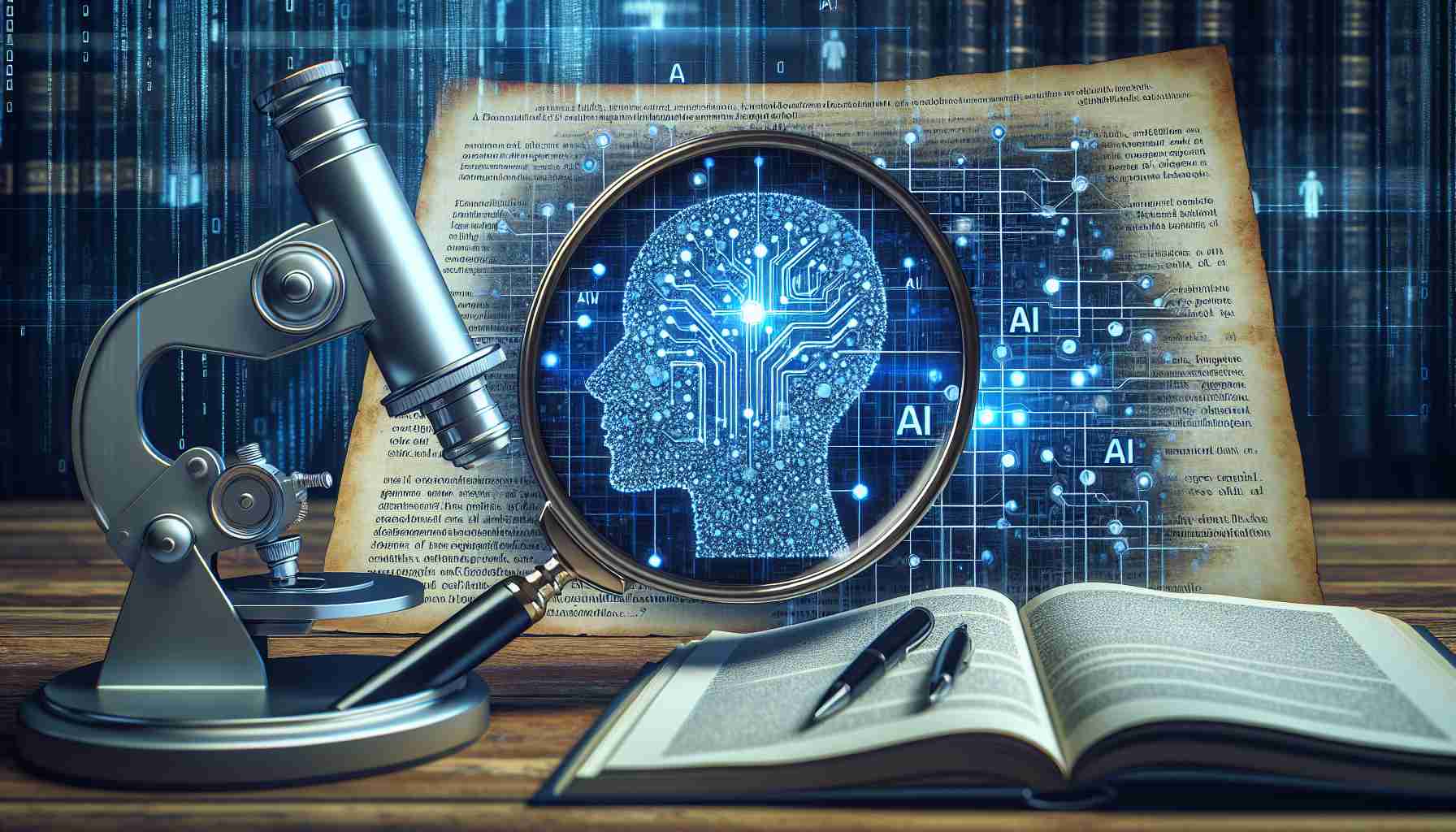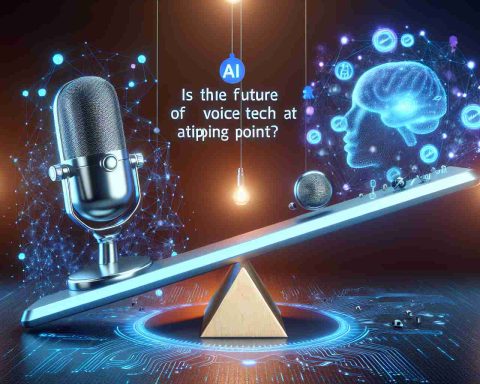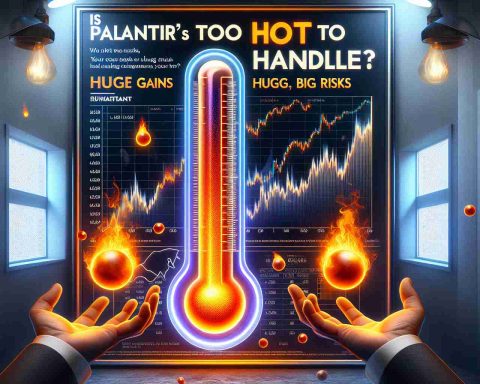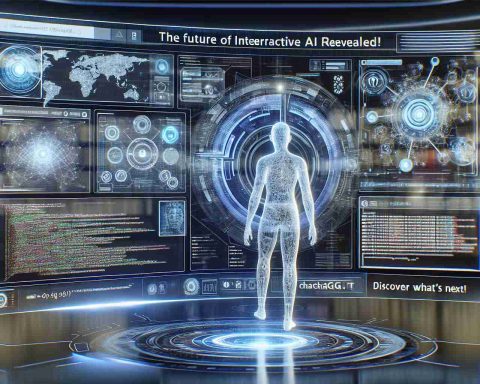The rise of artificial intelligence (AI) has sparked not only innovation but also a heated debate about whether it should be regulated. This discussion is crucial, given AI’s growing influence on various aspects of society, from healthcare to finance.
AI systems, from algorithms in social media to autonomous vehicles, have the power to influence decisions that were traditionally made by humans. With this transformative potential comes a host of ethical and practical concerns. Bias in AI algorithms is a significant issue, as these systems can perpetuate or even amplify societal prejudices if not properly monitored. For example, AI can impact hiring decisions or credit scoring, potentially leading to discrimination if the data or algorithms are flawed.
Moreover, the lack of transparency in how AI reaches its decisions creates a “black box” problem, making it difficult to understand or challenge outcomes. This has prompted calls for regulations to ensure accountability and transparency in AI development and deployment.
Furthermore, the potential threat to employment due to automation has fueled discussions about the need for regulation to protect workers. While AI can enhance productivity and create new job categories, it also risks displacing traditional roles without adequate safety nets in place.
Given these challenges, experts argue that a balanced regulatory framework could harness AI’s benefits while minimizing its risks. This framework should encourage innovation while enforcing standards that ensure fairness and transparency. As AI continues to evolve, the call for regulation isn’t about stifling progress but rather responsibly guiding it.
The Unseen Impact of AI: Controversies, Employment, and Global Policies
The debate over regulating artificial intelligence (AI) extends beyond bias and transparency, branching into the realm of privacy concerns and global disparity. As AI technologies advance, they increasingly infringe upon individual privacy, collecting vast amounts of personal data often without explicit consent. This underscores the urgent need for privacy legislation alongside AI regulations to protect individuals’ rights.
A fascinating aspect of AI’s rise is its uneven global development. Countries with robust technology sectors, such as the United States and China, lead AI advancements, potentially widening the economic gap with less developed nations. These disparities raise the question: Will AI exacerbate global inequalities? As some regions harness AI for growth, others may struggle to keep pace, risking increased economic and technological divides.
Another controversial aspect is whether AI’s integration into the workplace genuinely benefits employees. While AI can alleviate tedious tasks, allowing workers to focus on creative endeavors, there’s concern about job quality. Are employees becoming overly reliant on AI for decision-making, potentially eroding critical thinking skills? Moreover, as AI performs more complex tasks, the demand for advanced AI literacy could leave behind segments of the workforce lacking those skills, intensifying wage gaps.
In considering the regulation of AI, a parallel can be drawn to environmental protections: just as ecosystems require careful stewardship, so too does AI need thoughtful guidelines to ensure it serves the public good. Should regulators prioritize ethical AI development over rapid innovation? These discussions continue to shape the global policies for technology integration.
For more information about AI and related topics, visit OpenAI and IBM.

















